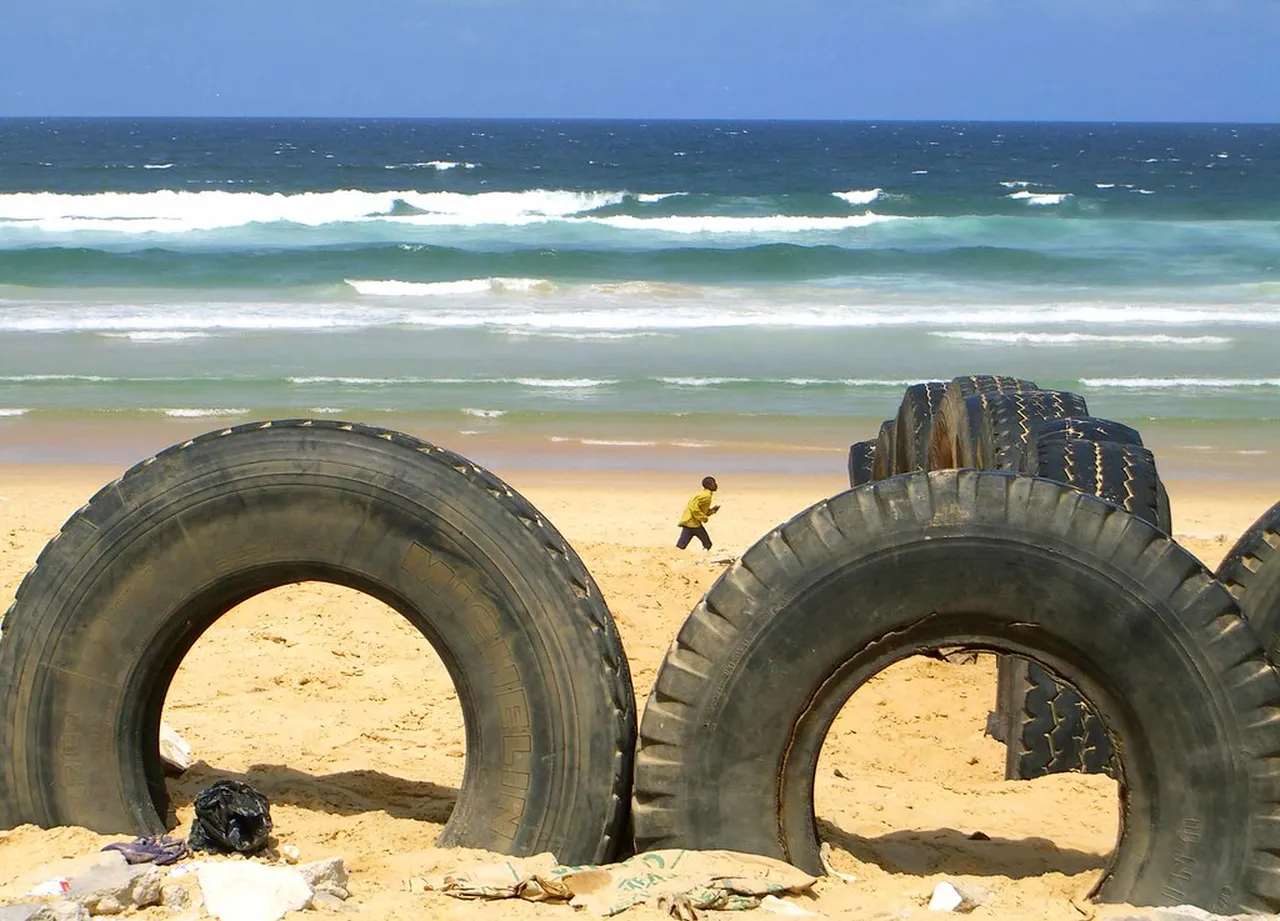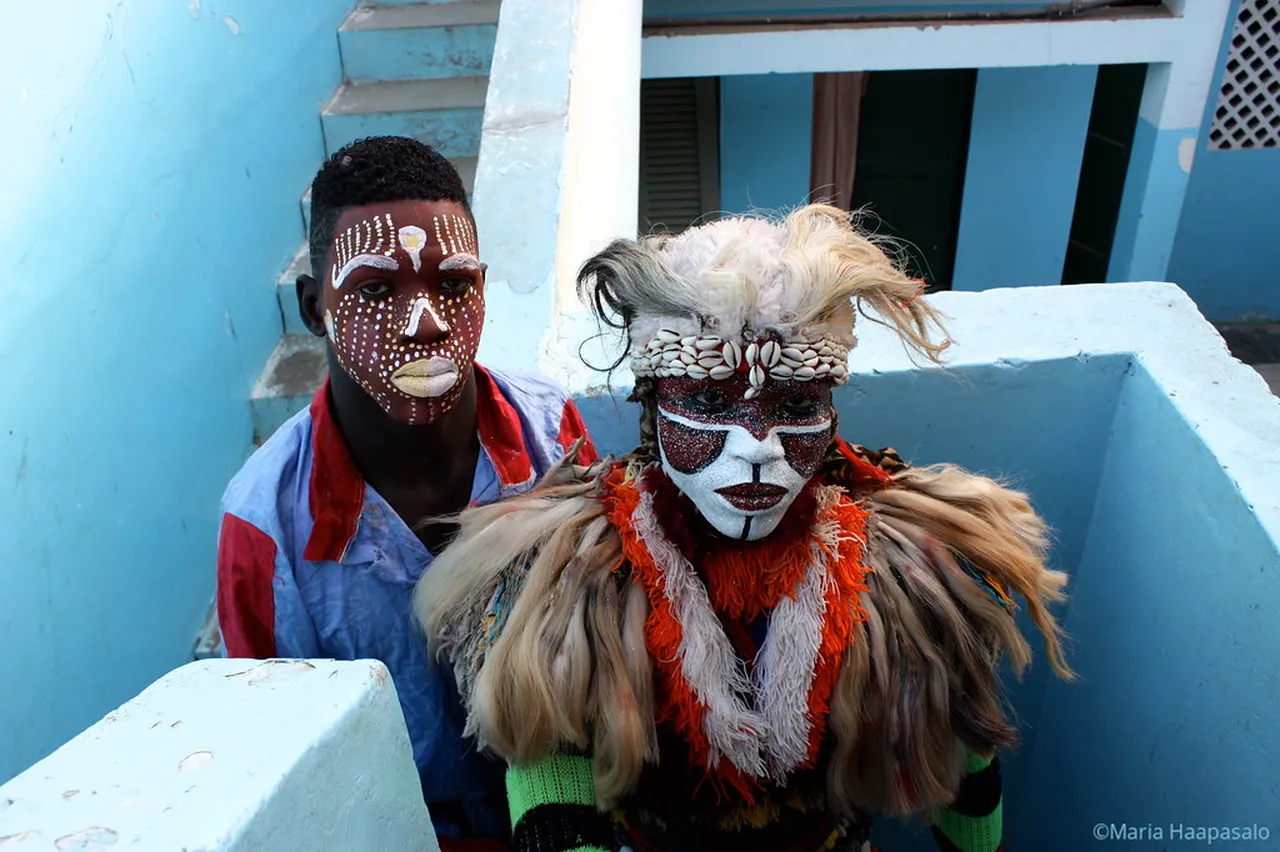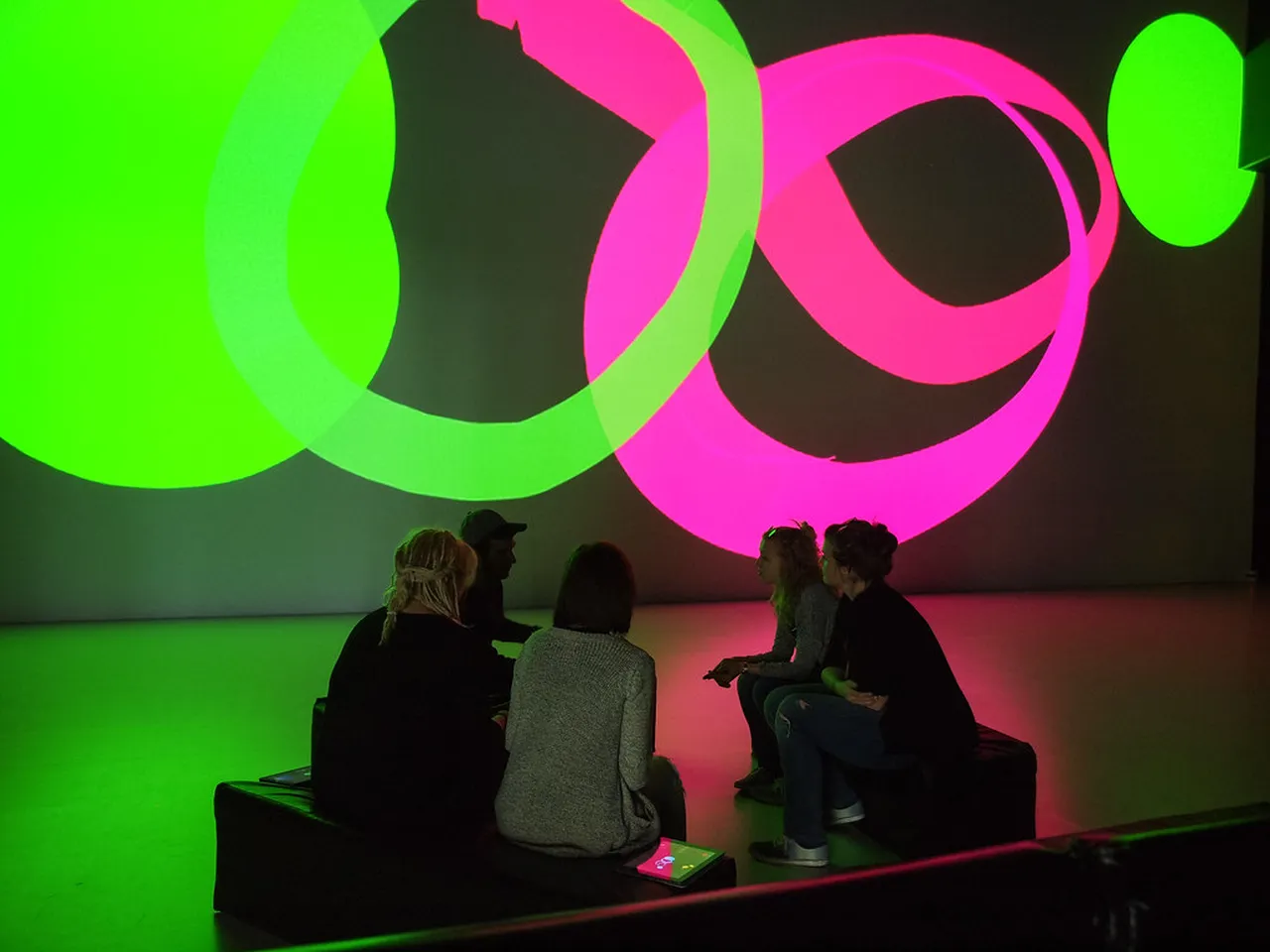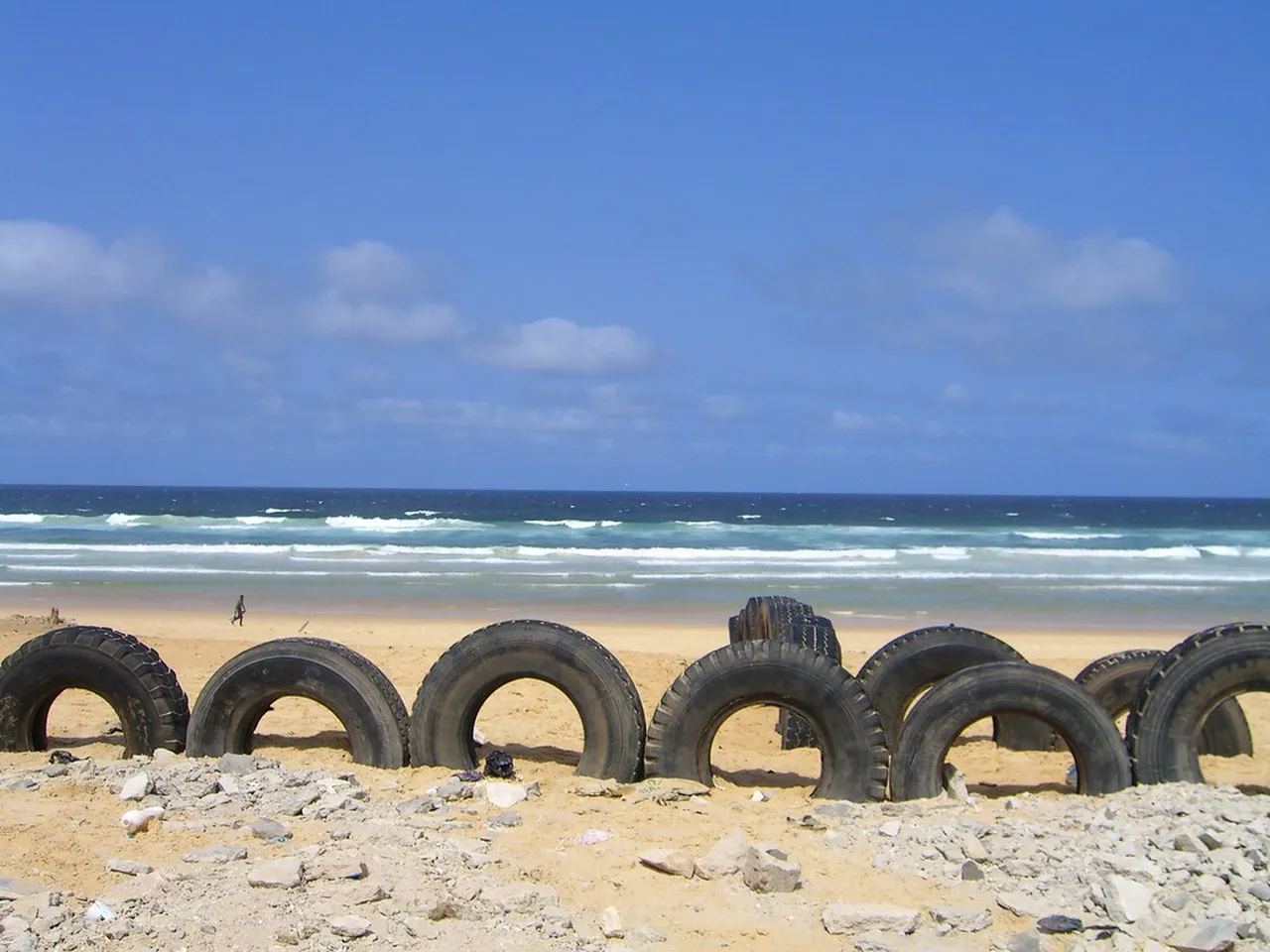
Dakar Culture: Unveiling the Heart of Senegal’s Vibrancy
Table of Contents
Dakar Culture
Dakar culture is a vibrant tapestry woven from the threads of history, art, music, and community. Located on the western tip of Africa, Senegal’s capital offers a rich cultural experience that reflects its diverse population and historical influences. From the bustling markets to the rhythmic beats of local music, every corner of Dakar tells a story waiting to be uncovered. In this article, we will dive into various aspects of Dakar culture, showcasing the unique traditions, artistic expressions, and communal celebrations that define this lively city. Join us as we explore the cultural heart of Senegal, where every experience is a testament to the resilience and creativity of its people.
Want to find the best travel deals for this destination? personalized adventure planner with our adventure planning specialist!
1. The Artistic Pulse of Dakar: Galleries and Street Art

Dakar’s culture is closely intertwined with its vibrant art scene, known for both traditional and contemporary expressions. The city boasts numerous galleries showcasing local talents, where visitors can view thought-provoking works that reflect Senegalese life. In addition to galleries, the streets of Dakar are adorned with stunning murals and graffiti, transforming urban spaces into open-air art exhibitions.
For instance, the renowned Voodoo Art Gallery presents an array of paintings and sculptures influenced by Senegalese traditions. Moreover, the vibrant Medina district is a hotspot for street art enthusiasts, who discover bold and colorful artworks around every corner. This fusion of styles not only enhances the urban landscape but also serves as a medium for social commentary.
2. Music in Dakar: From Mbalax to Hip-Hop

Music is an essential part of Dakar’s culture, with beats that reflect the city’s rich heritage. The traditional genre of Mbalax combines African rhythms with influences from jazz, funk, and pop, creating an infectious sound that resonates with both locals and visitors alike. Popularized by legendary artists, this genre is often played during sociodramas and celebrations.
In addition, the Rapper’s Culture has flourished in recent years, showcasing the emergence of Senegalese hip-hop. Local hip-hop artists use their music to address social issues, making it a powerful tool for change. Consequently, music venues and nightclubs throughout Dakar often feature performances that highlight both Mbalax and hip-hop, offering an unforgettable cultural experience.
3. Culinary Delights: Sampling Senegalese Cuisine

No exploration of Dakar’s culture is complete without indulging in its culinary delights. Senegalese cuisine is a colorful mosaic of flavors influenced by various cultures. Influenced by both local ingredients and historical connections, dishes like Thieboudienne, a savory fish and rice dish, are staples that every visitor should try.
Additionally, street food in Dakar offers a delightful experience, with vendors serving up delicacies such as Yassa Poulet, grilled chicken marinated in lemon and onions. Flavors are bold and diverse, representing the heart of Senegalese culture. Thus, whether dining in elegant restaurants or sampling Durban’s street food, visitors can expect a sensational culinary journey that reflects the soul of Dakar.
4. Festivals of Dakar: Celebrating Togetherness and Tradition

Festivals in Dakar are a vibrant reflection of the city’s rich culture. Events such as the Festival de Jazz and the Rencontres Photographie showcase not only artistic talents but also the community spirit. During these gatherings, the streets come alive with music, dance, and laughter, creating a sense of unity among attendees.
Importantly, each festival Highlights distinct aspects of Senegalese tradition. For instance, the annual Tabaski celebrations showcase religious observance alongside local customs, while the Gorée Diaspora Festival emphasizes remembrance and cultural exchange. Thus, attending these festivals can deeply enrich one’s understanding of Dakar culture, making it a must for any traveler.
5. The Role of Religion in Dakar Culture

Religion holds a significant place in Dakar culture, influencing daily life and community Activities. The majority of Dakar’s population practices Islam, and this faith often shapes social norms and traditions. For example, during the holy month of Ramadan, the city transforms as families come together to break fast at sunset, and vibrant markets spring up with food stalls.
Moreover, various religious festivities, like Eid al-Fitr and Eid al-Adha, are celebrated with communal prayers and feasts, reinforcing bonds within the community. Furthermore, religious beliefs intertwine with local customs, as seen in the prayers for good harvests or successful endeavors. This interconnectedness of faith and culture adds depth to the daily experience in Dakar.
6. Local Markets: A Journey Through Dakar’s Vibrant Commerce
Insider Tip: Get the most out of your Dakar visit with guided tours!
Dakar’s local markets present a tapestry of culture, color, and commerce. Places like the Marché Sandaga are bustling hubs where one can experience the local way of life. Here, vendors sell everything from handcrafted goods and textiles to fresh produce and cozy street food.
As you stroll through the markets, take note of the unique Senegalese artistry reflected in the crafts on display. For instance, vibrant fabrics and intricate beadwork represent local heritage. Additionally, these markets are not just for shopping; they are social spaces where stories are shared and friendships are forged, making them essential to understanding Dakar culture.
7. Dance and Dance Forms: The Rhythm of Senegal
Dance is an essential aspect of Dakar culture, reflecting the joyous spirit and rich traditions of Senegal. The various dance forms practiced in the city tell stories and celebrate significant Events. For example, the captivating Sabar dance is performed during celebrations and is characterized by energetic movements accompanied by traditional drumming.
Furthermore, many dance styles are closely connected to specific cultural Events, such as weddings and harvest festivals. In these settings, dance acts as a means of community bonding, allowing participants to express their emotions and connect with their heritage. As you Explore Dakar, be sure to witness these performances, as they provide an insightful glimpse into the lives and values of the Senegalese people.
8. Traditional Clothing: Heritage Woven into Fabric
Pro Tip: Book your Dakar adventures in advance through Viator for the best deals!
In Dakar, traditional clothing plays a significant role in expressing cultural identity. The colorful garments reflect the vibrance of Dakar culture, showcasing intricate designs and patterns. One popular attire is the boubou, a flowing robe worn by both men and women, often made from richly patterned fabrics.
Moreover, during ceremonies and festivals, you’ll see people donning their finest clothes, which often symbolize their family’s history and status. These traditional outfits not only preserve Senegal’s cultural heritage but also foster a sense of pride among the inhabitants. Consequently, when visiting Dakar, consider purchasing a piece of this wearable art to remember your journey.
9. Literature and Storytelling in Dakar: A Cultural Repository
Literature and storytelling are vital components of Dakar culture, providing insights into the nation’s history, beliefs, and values. The oral tradition is particularly strong, with elders passing down tales that reflect their experiences and teachings. This storytelling practice fosters community cohesion and keeps historical narratives alive.
Additionally, Dakar is home to many renowned authors, who often explore themes of identity, colonial history, and social justice through their works. Engaging with local literature allows visitors to appreciate the depth of Senegalese culture. Therefore, when in Dakar, seek out local bookstores and literary Events, as they not only offer unique finds but also create space for vibrant discussions about culture and identity.
10. The Influence of French Colonization on Dakar Culture
The impact of French colonization on Dakar culture is profound and multifaceted. Initially, the French established Dakar as a strategic port, which led to the fusion of Senegal’s indigenous traditions with French customs. This blend is vividly seen in architecture, language, and social practices. For instance, the French colonial buildings, such as the historic Presidential Palace, showcase European design influences that still define Dakar’s skyline today.
Moreover, the French language has become a vital aspect of everyday communication, allowing for both local artistry and literature to flourish. As a result, many Senegalese writers and artists incorporate elements of French philosophy and style into their work. Interestingly, Events such as the Festival de Jazz attract international crowds, demonstrating how French influence continues to draw global attention to Dakar’s artistic scene.
11. The Importance of Family and Community in Dakar
In Dakar, the fabric of society is intricately woven through the concepts of family and community. Family is regarded as the cornerstone of social life, often extending beyond the nuclear model to include a wide network of relatives and friends. This interconnectedness fosters a sense of belonging and shared responsibility. Notably, gatherings during celebrations or even daily meals are common, which promotes togetherness and reinforces familial bonds.
Furthermore, community life in Dakar is vibrant and filled with cultural traditions. Local neighborhoods often host Events that showcase music, dance, and cuisine—bringing people together in unity. As the saying goes, “It takes a village to raise a child”; this principle is alive within the community spirit, where the success and well-being of one is celebrated by all.
12. Sports Culture in Dakar: Celebrating Football and Wrestling
Pro Tip: Book your Dakar adventures in advance through Viator for the best deals!
Sports culture in Dakar is a vital part of the city’s identity, with football and traditional wrestling being the most celebrated disciplines. Football, known locally as soccer, is played passionately across the city, and it is not uncommon to see makeshift fields filled with aspiring athletes. Major matches, especially those involving the national team, draw massive crowds and unite communities in excitement and pride.
On the other hand, traditional wrestling, or wrestling with a standing fall, holds significant cultural importance. It is celebrated as a rite of passage and a demonstration of strength and resilience. Events featuring wrestlers attract enthusiastic spectators and often include elaborate opening ceremonies. This duality in sports—both modern and traditional—illustrates Dakar’s diverse cultural heritage and the community’s commitment to honoring its roots.
13. Dakar’s Historic Sites: Parks, Museums, and Landmarks
Dakar, the vibrant capital of Senegal, is rich in history and culture. To truly appreciate Dakar’s culture, one must explore its historic sites, which offer a glimpse into the city’s past. Notably, the Maison des Esclaves on Gorée Island serves as a poignant reminder of the slave trade, allowing visitors to reflect on history’s profound injustices.
Additionally, the IFAN Museum of African Arts houses an impressive collection of traditional artifacts. Here, you can admire masks, sculptures, and textiles that showcase Senegalese artistry. Furthermore, while wandering through Parc de Hann, you can take a leisurely stroll amidst lush greenery, enjoying both the natural beauty and historical significance.
Moreover, the imposing Cathedral of Dakar stands as a symbol of the Catholic faith’s influence in Senegal. Indeed, the blend of these historic sites provides a comprehensive understanding of Dakar’s culture both past and present.
14. The Emerald Coast: Nature’s Role in Dakar Culture
Stretching along Senegal’s coastline, the Emerald Coast is not only a visual marvel but also a pivotal aspect of Dakar’s culture. Renowned for its stunning beaches, this area serves as a recreational haven for locals and travelers alike. Notably, Plage de N’Gor is a popular spot for sunbathing and surfing, drawing crowds to its pristine sands.
Furthermore, the coastal environment is integral to the livelihood of many residents. Fishing remains a vital industry, as families depend on the sea for sustenance. Additionally, the breathtaking scenery often inspires local artists, who infuse their work with the vibrant blues and greens of the Atlantic.
Essentially, the Emerald Coast harmonizes nature and culture, creating a space where visitors can appreciate both the beauty of the environment and the sociocultural dynamics of the people who call Dakar home.
15. Engaging with Local People: How to Immerse in Dakar Culture
When visiting Dakar, immersing oneself in the local culture is essential for a fulfilling experience. One of the best ways to engage with Dakar’s culture is by participating in community Events or volunteering with local organizations. This allows you to connect with residents and gain a deeper understanding of their way of life.
Moreover, visiting traditional markets such as Marché Sandaga provides firsthand insight into daily commerce. Here, you can interact with vendors and sample regional delicacies, enhancing your experience. Additionally, joining in on local music and dance Events not only showcases the vibrant cultural scene but also encourages social interaction.
Ultimately, taking the time to engage with local people will enrich your journey and create lasting memories of Dakar’s culture. Remember, it’s the personal connections that make travel truly enlightening.
Dakar culture offers an immersive experience filled with vibrant arts, tantalizing cuisine, spirited music, and the warmth of community. Each aspect of Dakar reveals a story that connects both residents and visitors to the heart of Senegal. Whether you are wandering through lively markets, tasting the unique flavors of traditional dishes, or dancing to the infectious rhythms of local music, the cultural richness of Dakar is undeniable. What elements of Dakar culture are you most excited to explore? Share your thoughts and experiences in the comments below, and let’s keep the conversation going about the beauty of this captivating city.